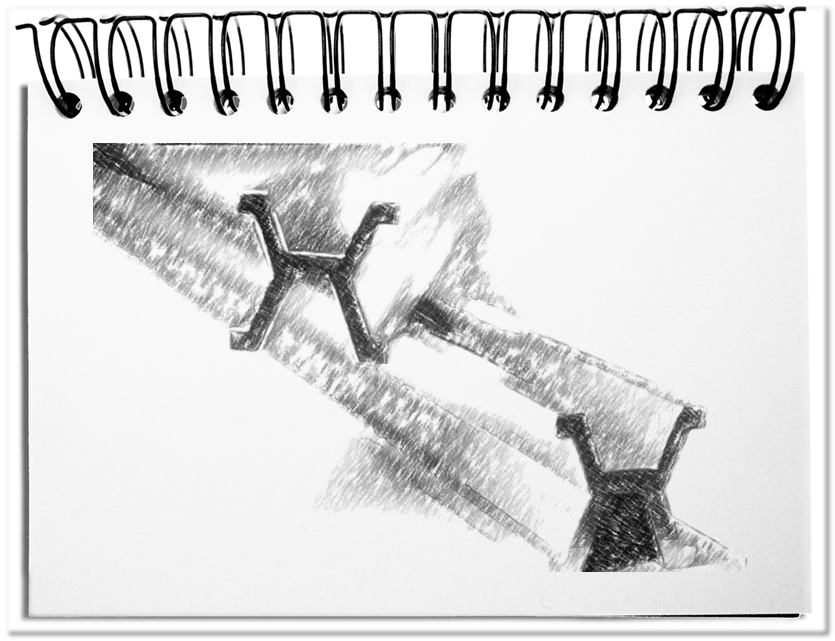Standards are requirements, specifications, guidelines or properties that are intended to ensure the quality of materials, products, processes and services.*1 They facilitate the production and exchange of goods, the provision of services and the collaboration. Examples are units of measurement (e.g. the International Prototype Meter; see picture), the DIN paper measures (e.g. A4, A5), computer standards (e.g. Unicode, HTML, UML) or quality standards (e.g. the ISO 900x standard) *2. All agreements between contracting parties would have to be negotiated and agreed in detail without standards. Thus, standards are actually useful for everybody, because they
- reduce the variety,
- improve the structures and the procedures,
- increase the efficiency,
- secure the compatibility,
- protect people’s health and the environment,
- determine the characteristics for the quality, security and usability,
- make the requirements comparable,
- increase the satisfaction of the customers,
- simplify the compliance to regulations and
- facilitate the negotiations as well as the collaboration.
However, there is a dark side of the standards that undermine the advantages.
The following aspects undermine the advantages of standards.
- National standard
Standards that are only developed for the local market, can lead quickly to trade barriers. For example, cars are not allowed to be used in a certain market, because they do not fulfill the local standards. - Certifications cost time and money
Certificationsneed external and, above all, internal capacities for the first certification and the regular renewals. It is difficult for small companies to provide continuously the necessary capacities for certifications. - Flexibility gets lost
Standardsrequire defined procedures, even if a need-oriented variant would be better. This limits the flexibility, for example, if the requests of the customers require a quick reaction. - Variety is limited
The strengths of standardization is at the same time a disadvantage, since products and services become more and more interchangeable. The properties of the products and the related operational procedures always follow the same standards. - Pro-active thinking is not supported
Over time the work becomes a prosaic observance of the standards. Thus, the employees lose their natural creativity. The ability of the enterprise will suffer on a long-term basis to create new solutions. - Improvements are difficult
Bettersolutions are hard to establish, even if the current standards do not meet the state of the art technology. This leads even that far that the company does not take care of improving, but rather hopes for further development of the standards and waits.
In today’s technical and organizational complexity, it will not work any longer without standards. It is important to establish worldwide standards, since otherwise the compatibility of the various systems will not be ensured internationally. However, we should not forget the dark side of the standards.
*1: http://www.iso.org/iso/home/standards.htm
*2: http://en.wikipedia.org/wiki/List_of_technical_standard_organisations


I always spent my half an hour to read this website’s articles or reviews
daily along with a mug of coffee.
I’ve been browsing on-line greater than 3 hours as of late, but I by no means found any interesting article
like yours. It’s pretty value enough for me.
In my opinion, if all site owners and bloggers made
good content material as you did, the web shall be much
more helpful than ever before.